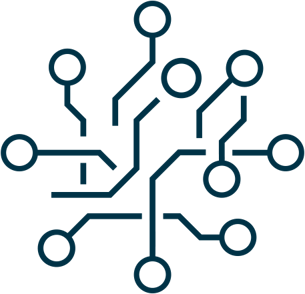Great constructions require good management
Construction sites are usually large projects which may last for months or years. In addition to the construction management, architects, construction workers and many other specialists are involved. They are all experts in their respective fields; they know, for example, which tools to use to process a particular material or how to calculate the statics of a new building. All companies involved in the construction project are expected to do their job exactly and according to the architect's specifications so that the project can be completed on time.
Accessibility for everyone
Software and construction projects have a lot in common, even if the former take place exclusively in the digital space. Accessibility plays a major role in both. New buildings – be they residential or office – should be wheelchair-accessible and easily navigated by blind people. In the same way, digital applications should be usable without barriers, which unfortunately is often not the case still.
Rather sooner than later
Accessibility is often ignored, underestimated or postponed to a later point in time. The result is applications that remain construction sites throughout their entire life cycle. The misuse of HTML elements, lack of keyboard usability and incorrect tab order are by no means the only problems. Poorly designed and insufficiently structured websites are a real pain point , and not only for people who use a screen reader.
Perhaps you have also been annoyed by a font that is too small or has poor color contrast? And who hasn't desperately searched for the button to unsubscribe from that annoying newsletter, or gotten lost in the subpages of a website and asked, «Where am I?» Experience shows that people – with or without disabilities – will steer clear of a construction site whenever possible. Similarly, they avoid websites that have given them a construction site experience.
Accessibility is a management affair
Analogous to standards and guidelines for construction projects, there are guidelines for the design and the development of accessible digital applications which must be followed. These WCAG (Web Content Accessibility) guidelines are a W3C standard that is continuously adapted to the latest technological developments. They form the basis of user-friendly design and its barrier-free implementation. For UX designers and frontend developers, good WCAG knowledge and the ability to apply it as a matter of course in everyday work is a crucial requirement, so that instead of a digital construction site, an easy-to-use application is created for everyone.
But what does this matter to the management? At the end of the day, revenue and profit are the metrics of interest. Unfortunately, the thinking on the management floors is often determined by the myth that disabled people are a marginal group that cannot benefit from the services and products offered and therefore do not hold any market potential. A misconception that is easy to prove wrong. A glance at the website of the Swiss Federal Statistical Office reveals that around 1.8 million people with a disability live in Switzerland. People who need food, clothing, and furniture. People who have to pay their taxes, health insurance fees and other bills. People who want to travel, go to concerts and further their education.

-
Reaching new markets with accessible solutions
Opening up new markets and customer segments is probably in the interest of every profit-driven company. It is therefore up to the management to ensure that digital applications are available without barriers and that the company thus also reaches people with disabilities as potential customers.






